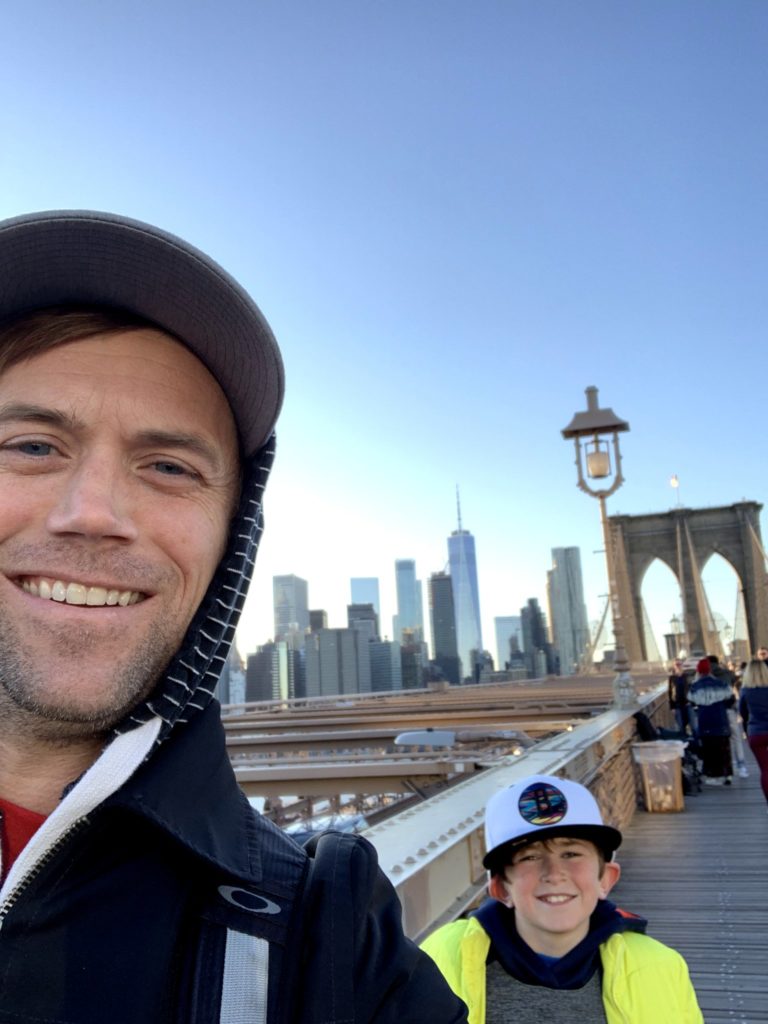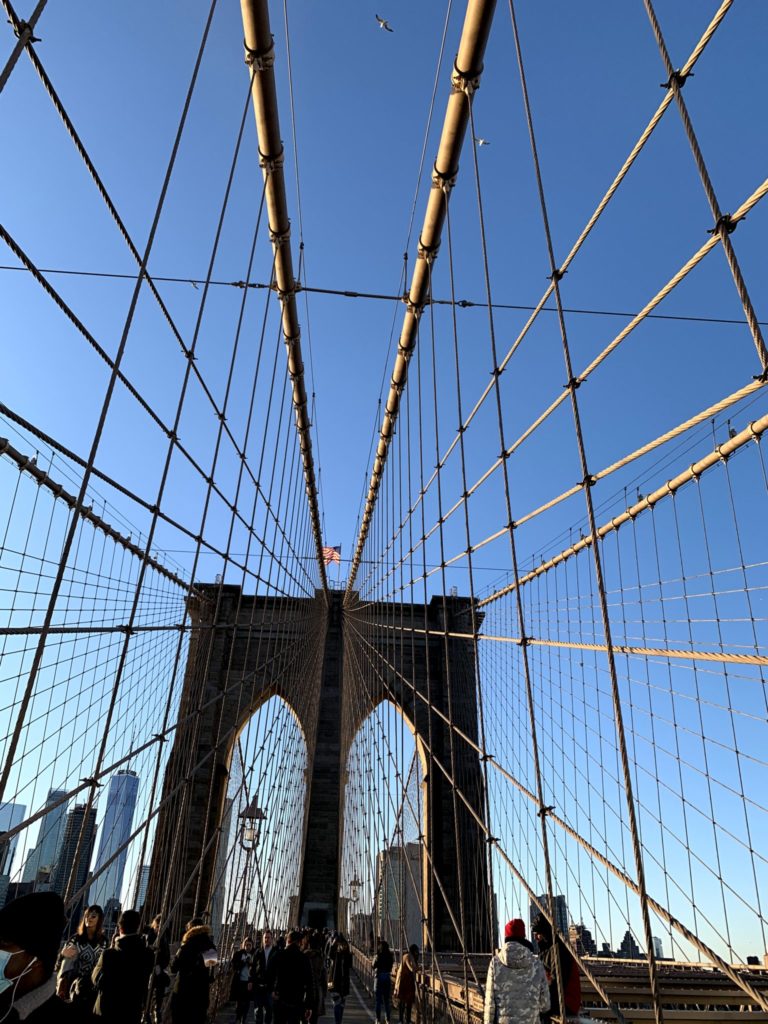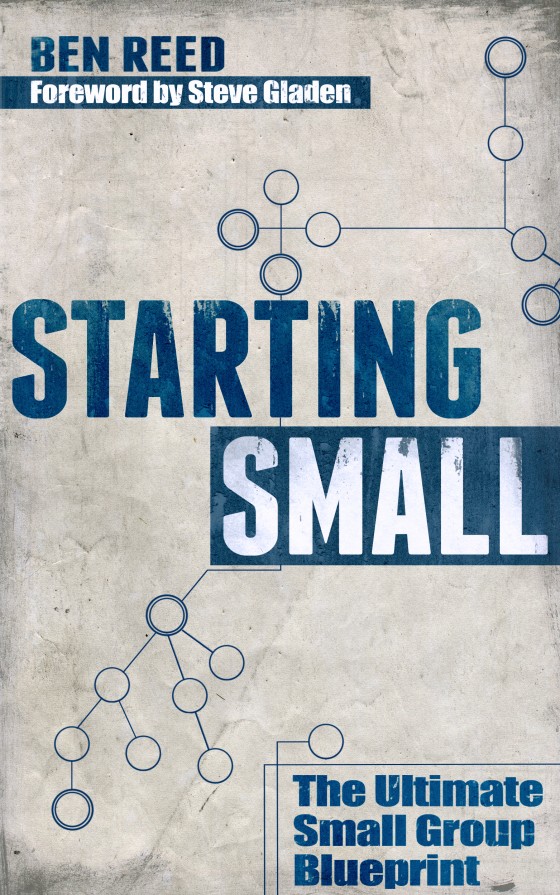One of my favorite history authors is David McCullough. He wrote a book The Great Bridge, which chronicles the construction of the Brooklyn Bridge. It’s a fascinating read on the political and logistical and engineering feat that brought this bridge to life. This was, and still remains, an incredible architectural marvel.
Designed by John Roebling and finished by his son Washington, the bridge is over a mile long, stretching from Brooklyn to Manhattan, built to greatly decrease travel time between the two cities. Brooklyn was a small town, and this bridge greatly changed its landscape. According to stats from the NYC Department of Transportation, every day more than 120,000 vehicles, 4000 pedestrians, and 2600 bicyclists cross. That’s a lot of traffic. And a lot of weight.
The Brooklyn Bridge is a cable suspension bridge, meaning the entire weight of the bridge, and pedestrians like my son and I walking across, is held aloft hundreds of feet above the water by these cables.


Workers would splice wires together then tie them to make long strands. Then they’d attach them to a boat, which would take them from Brooklyn over to Manhattan. There are over 14,000 miles of wire in the bridge. Each cable has 19 separate strands, which each has 278 separate wires. McCullough says this of the wires themselves:
All cables rightly pull their load.
This was a passing comment, but it stuck out to me. There’s nothing passive about these wires. Each individual cable has a role they play, an activate participant in sustaining this massive structure that’s longer, heavier, and more substantial than any single wire on its own. Each pulls their “load.” No more, and no less. And without each pulling their amount, the entire structure is in jeopardy.
I’ve heard this passage from Scripture thousands of times:
A cord of three strands is not quickly broken. – Ecclesiastes 4:12
Typically I’ve heard it in the context of a marriage sermon: it’s you, your spouse, and God. And the idea is simple: just hang on to each other (your spouse and God) and you won’t be quickly broken. Almost as if the goal is just survival.
But what if this concept that Solomon laid out isn’t really just about surviving marriage? What if it’s bigger than that?
In hermeneutics class, we were taught to not take a verse out of its context. So go check the context out HERE.
This is the point in Ecclesiastes where Solomon is visually seeing lots of oppression. Which, last time I checked, you and I area surrounded by. Day in and day out. Whether it’s in your own city or you’re watching from afar, we see oppression. And in this time of oppression, what’s the rally cry?
Unite!
Because in times of oppression, we practically realize that we can’t do this on our own. When the seas are calm, we’re lulled in to thinking we can survive on our own. Yet rough waters give way to locked arms.
Solomon’s wisdom here, in the face of oppression, feels much more active. Instead of nice, shiny, fancy, loosely tied rope at a wedding ceremony, I wonder if the Brooklyn Bridge isn’t a stronger application. When each of us, with our inherent brokenness, our past failures, current strengths and giftings, resources and ideas, choose to link arms together we become a bridge that can weather storms. That can stand the test of time. That can endure being trampled. Hundreds of thousands of times every day. When every cable rightly pulls their load, we all become stronger.
But when a few cables think they can just go at it alone, we all grow weaker.
It’s true that this season has caused us to explore uncertainty in new ways, but it’s also true that “a cord of three strands is not easily broken.” Now is not the time to navigate on your own. Now is the time to grow stronger together. To become the Church that Jesus instituted.
And on the other side of this crazy year, the Church will be stronger than ever. Looking more like Jesus than ever. And beaming our light of hope from the shore.

